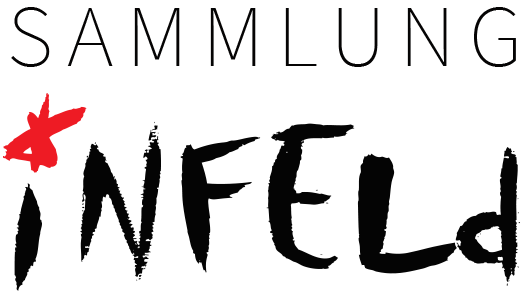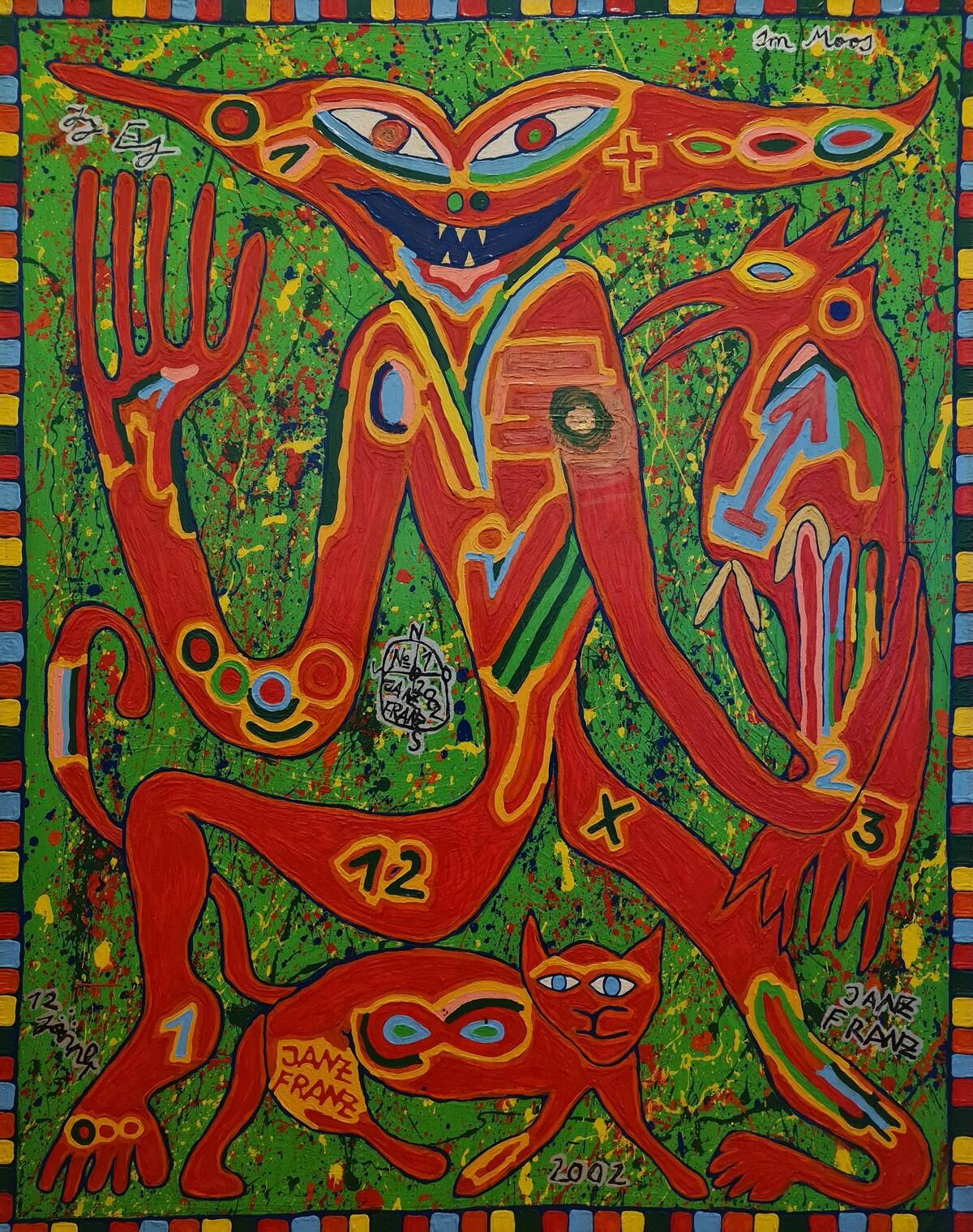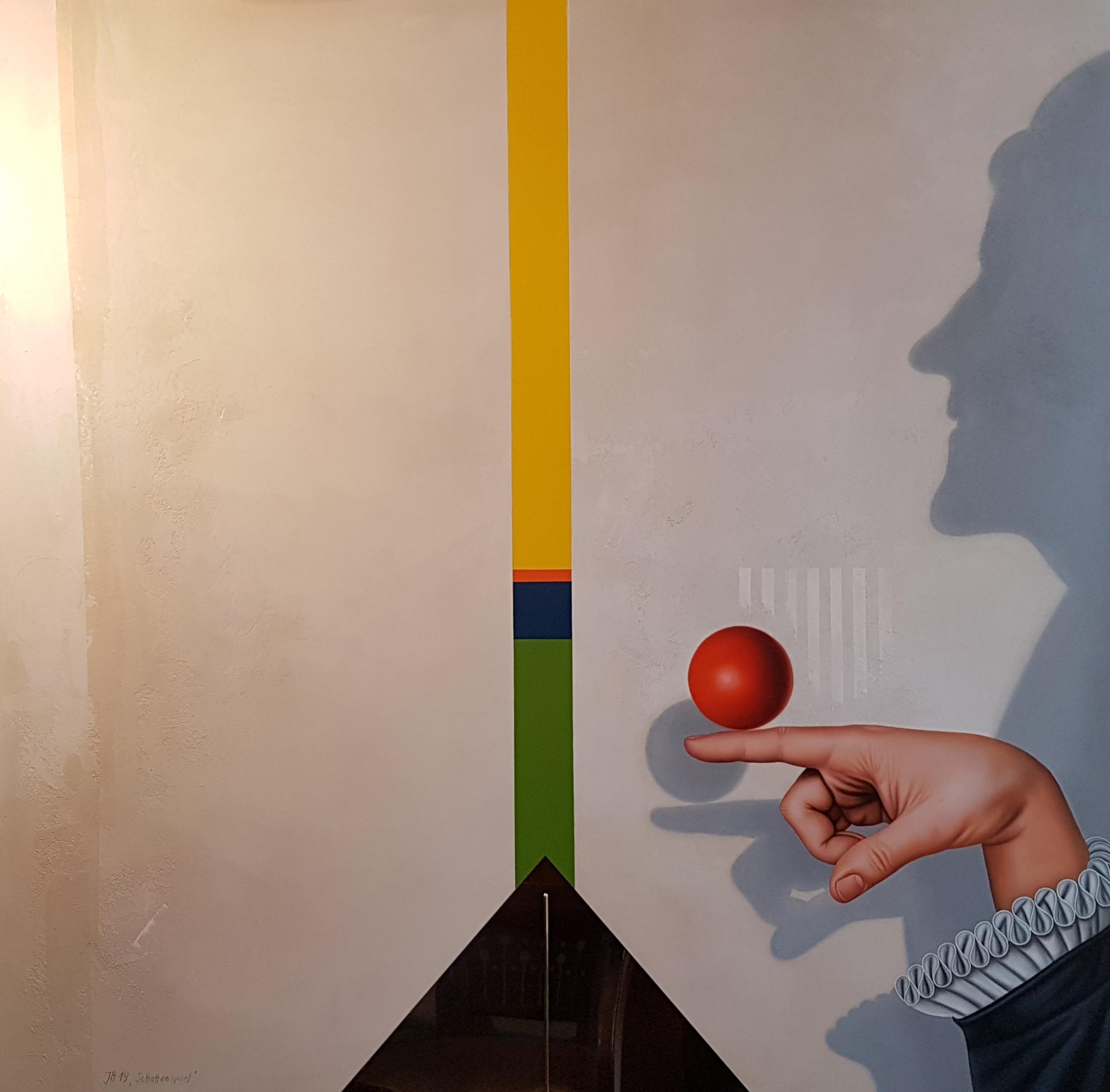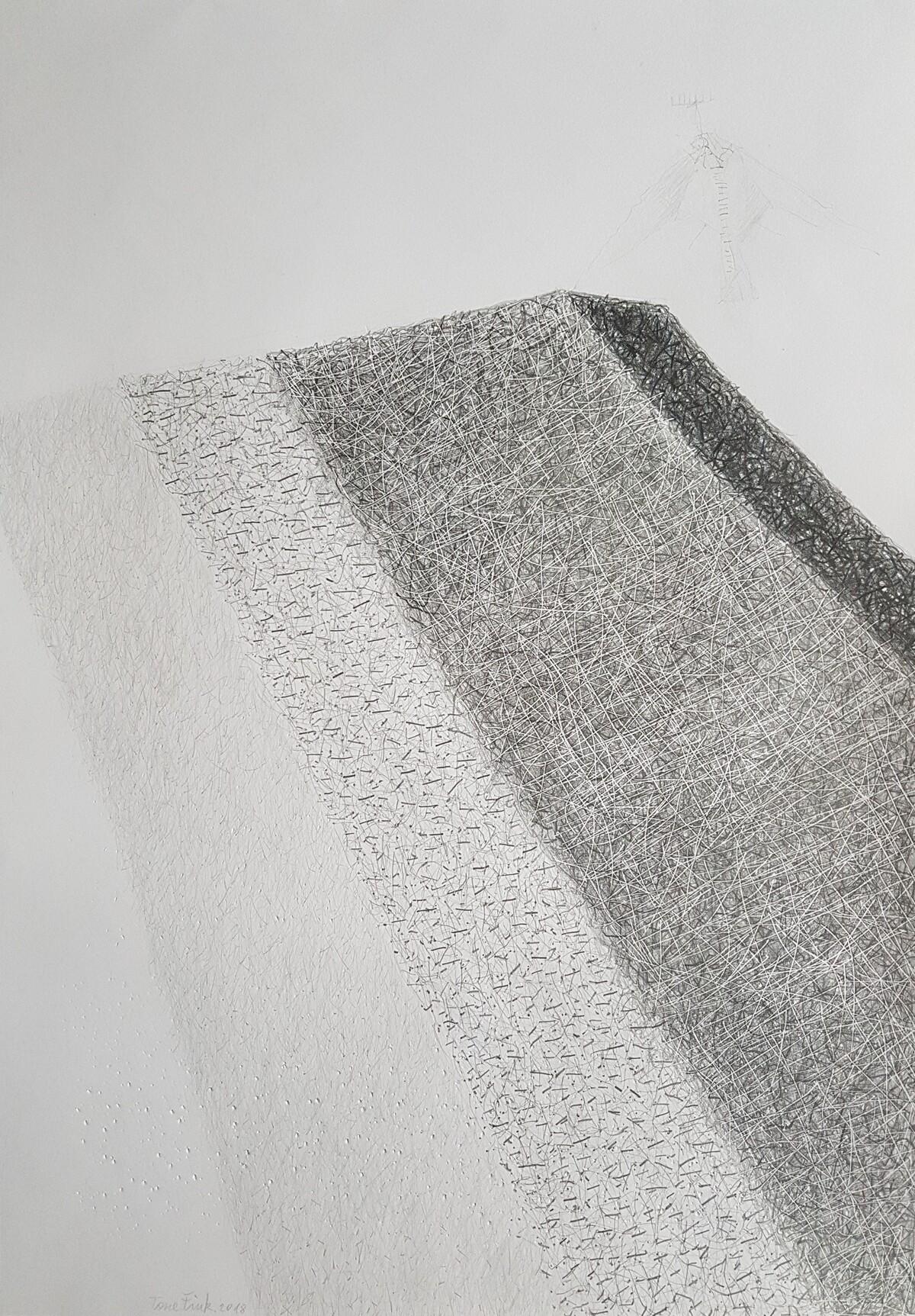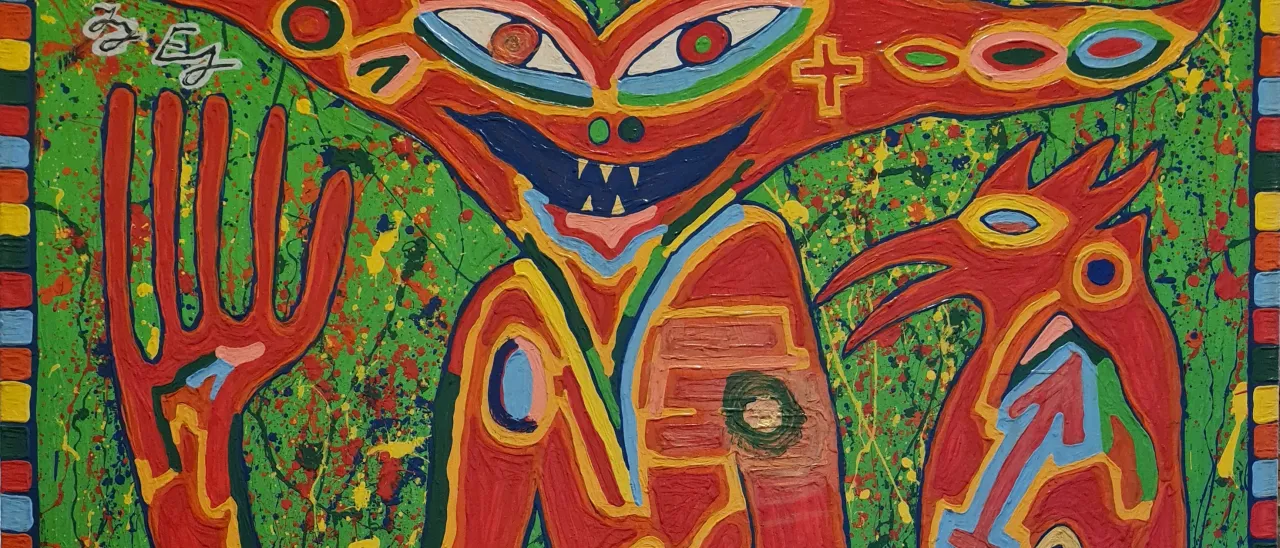
New in the Infeld Collection
The Infeld Cultural Center in Dobrinj, Island of Krk, Croatia is one of the important exhibition venues for contemporary art in Croatia. The current collection show provides an in-depth and surprising insight into the diverse holdings of Croatian, Austrian and international art. Around 100 works by 30 artists can be seen.
The exhibition highlights the special features of the collection and enables interesting and unusual dialogues between the works. Thematic brackets are dedicated to relevant aspects of contemporary art such as a rush of color, natural landscapes, and facial depictions. The selection now shown provides a comprehensive insight into the works of well-known artists that have been acquired in recent years.
The exhibition places a particular focus on the work of the Croatian artist Boris Bucan (1947-2023). Painter and graphic designer, he has created posters that are considered a model for this genre worldwide. The Museum of Modern Art in New York has several works by Boris Bucan in its collection. His work has been exhibited worldwide including: in London (Museum “Victoria & Albert”, Tate Modern), Venice, Shanghai, Melbourne, Copenhagen.
Another highlight of the exhibition are works by the Viennese fantasists Anton Lehmden, whose brush creates dream-like landscapes, and Wolfgang Hutter, who created the lithography cycle “Tätowieren” (1965) with his meticulous work method.
A loner in art is the Viennese Walter Schmögner (1943). He explores the bizarre with graphic meticulousness. His work is astonishingly diverse and wide-ranging. Schmögner draws his intellectual cosmos with an unmistakable, shaky line.
Tone Fink (1944) is also from Austria. Energetic and imaginative, he is an artistic lateral thinker. His works do not reproduce anything obvious, but rather make the unseen apparent, seduce with their mysteriousness and leave the viewer speechless and confused.
On display are works by Art Brut artists such as Bronislava Dubner (Russia) and the Austrian Franz Janz (1946-2017) - waiter, horse breeder, self-taught painter, actionist, student of Hermann Nitsch. “Franz Janz has developed his own style. He is unmistakable. I have a close connection to his paintings. I like what is not said and what cannot be explained straight away, where a person puts their soul into it,” said Peter Infeld (1942-2009) in 2003. He promoted and collected Franz Janz. In an attempt to classify art history, Peter Infeld filtered out the proximity to Art Brut, to the “painters of the pure heart” (Wilhelm Uhde).
The selection of works conveys much of the unique character of the Infeld Collection in its associative composition and allows visitors to immerse themselves in wonderful artistic and sound worlds. Musical instruments from the collection such as classical and electric guitars, violin, viola and cello complement the exhibition. The related lute instruments Tamburizza (Croatia), Balalaika (Russia), Mandolin (Italy) and Bandurria (Spain) represent an accent. These originally come from the area of former Persia (today Iran), where the ancient Assyrians arrived 5,000 years ago had a similar instrument. Another plucked instrument, the banjo, developed by West African slaves and then shipped to the New World, enters into dialogue with the other instruments and rounds off the musical journey.
